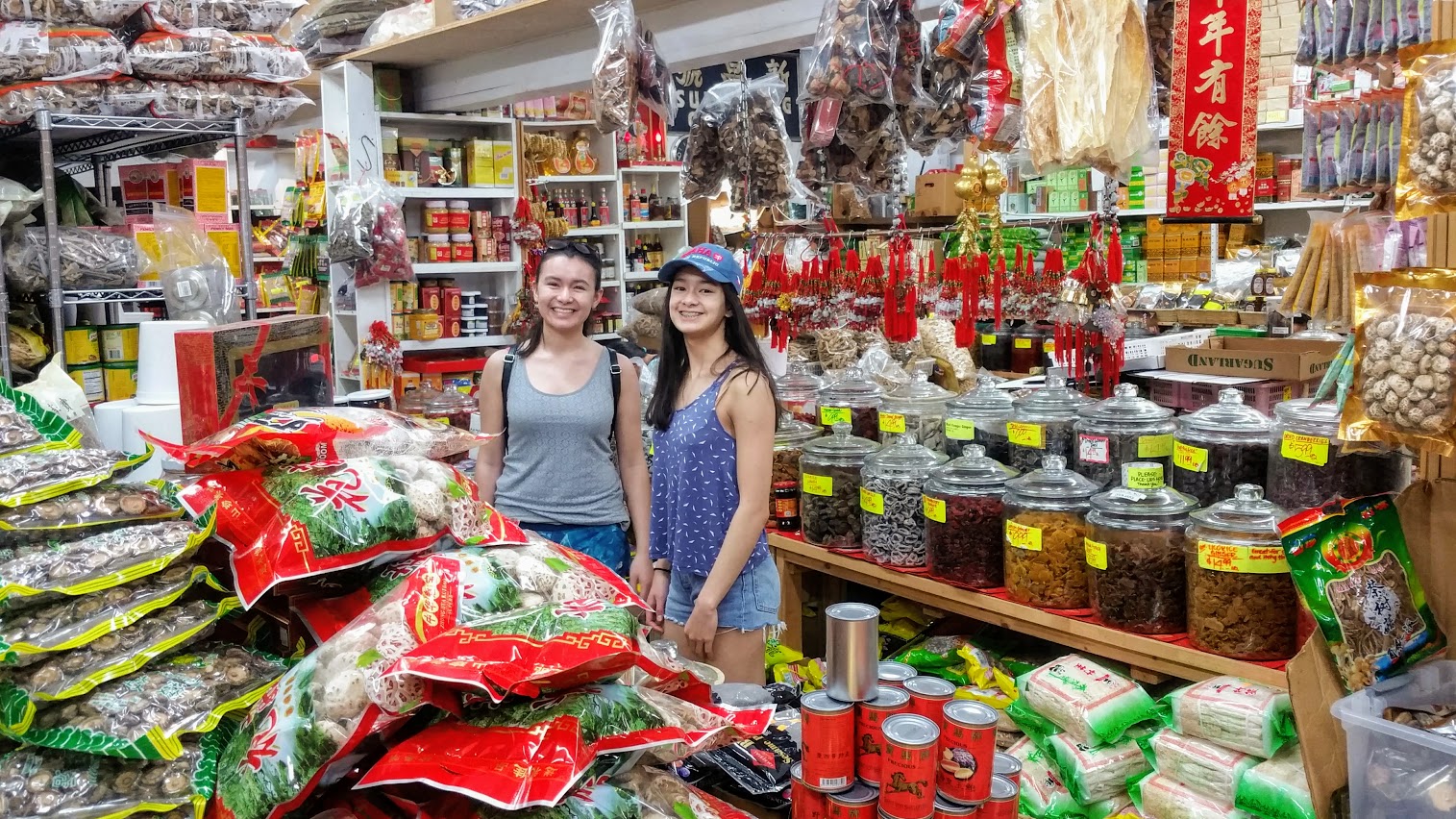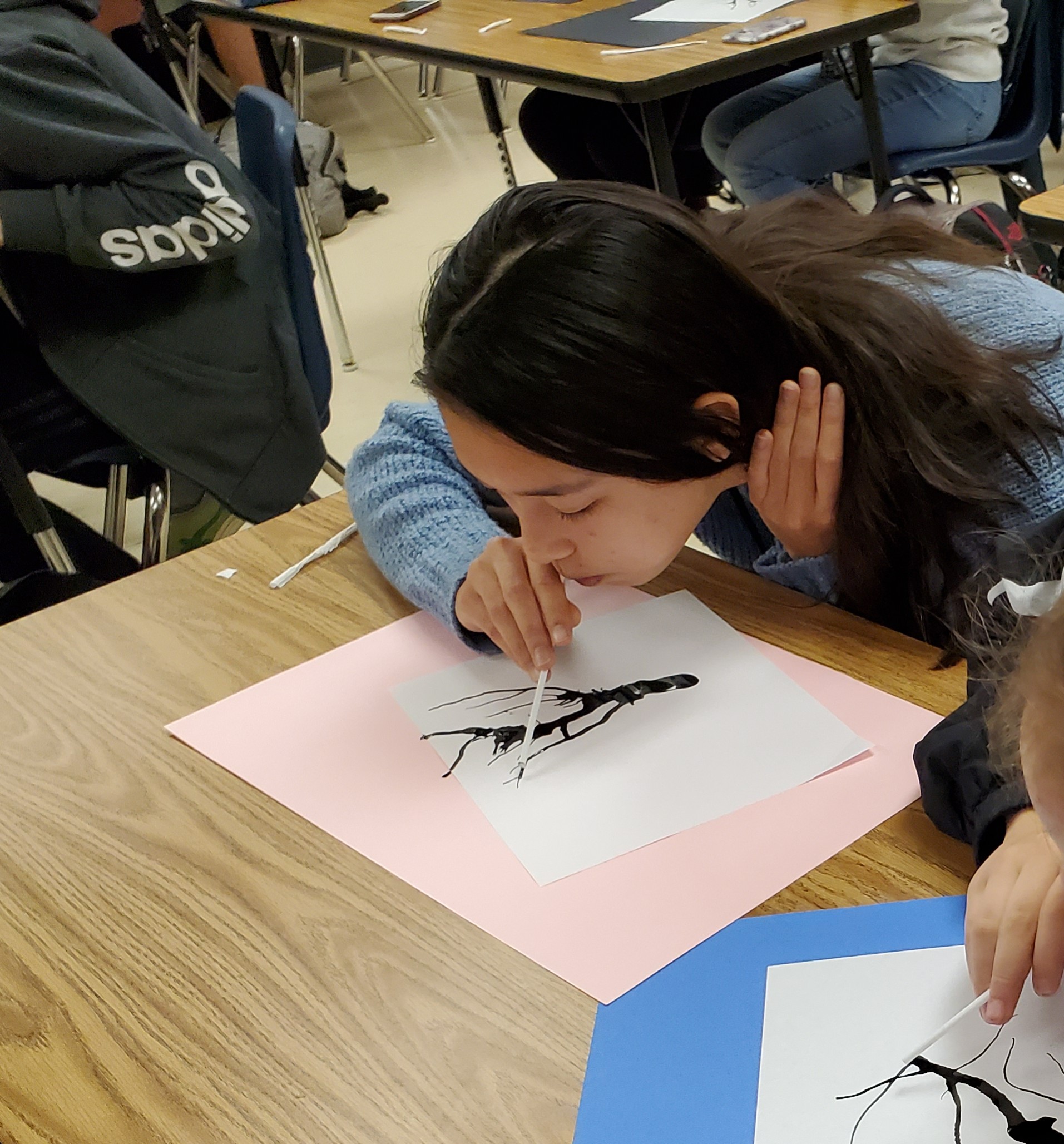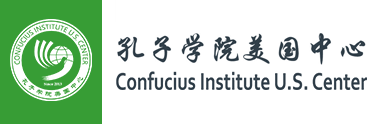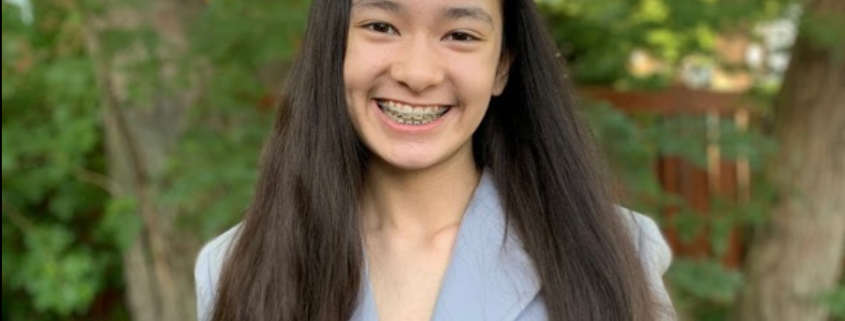Ellen Saksena
The Great Wall: A Cultural Divide of Two Worlds
By: Ellen Saksena

A lot of teens are trying to figure out who they will be and find their niche in the world. I am biracial. My mom is Chinese Australian, and my dad is white, neither can speak Chinese. Growing up in a high Asian population, I longed to fit in with either group. Many of my friends were Asian as a result of many of my classes in Newton, MA being majority Asian. I felt white in a sea of Asians.
When I drove in the car with my friends, their moms would often speak in Chinese and ask me simple questions in Chinese to test my language capabilities. “Do you understand what I just said?” some would ask. I would reply in broken Chinese; quick fragments which I learned in Chinese class and I was praised. “Wow, your Chinese is good!”
In middle school, I desired to learn more about the other half of my culture. Among my majority Asian friends, I felt too white but among my white friends, I was too Asian.“Why are you putting sunscreen on? Are you scared of getting a tan?” they asked. In the lunchroom, the ethnic races seemed to segregate themselves. The Indians all at one table, a few tables for the Chinese guys, and a table for the Korean and Chinese girls. These were the people who I shared the most interests with and the most classes with-the Asians. I didn’t understand why people separated themselves. Why must ethnic groups each have their own table?
 I wanted to understand my friends and the constant stream of Chinese immigrants who were coming to my school and joining my “Chinese” lunch table. Over the next three summers in middle school, I enrolled in a one-month Chinese immersion camp run by STARTALK to better understand my family origins and friends. There, I met others who also wanted to learn more about Chinese language and culture. The Chinese teachers played Jianzi with us and tried to teach students chants and songs to help us memorize the rules of the classroom. I bonded with my friends over learning Chinese and brought my improved Chinese skills into my classrooms and community back at school.
I wanted to understand my friends and the constant stream of Chinese immigrants who were coming to my school and joining my “Chinese” lunch table. Over the next three summers in middle school, I enrolled in a one-month Chinese immersion camp run by STARTALK to better understand my family origins and friends. There, I met others who also wanted to learn more about Chinese language and culture. The Chinese teachers played Jianzi with us and tried to teach students chants and songs to help us memorize the rules of the classroom. I bonded with my friends over learning Chinese and brought my improved Chinese skills into my classrooms and community back at school.
More Chinese students were migrating to my school and knowing a bit of Chinese, I wanted to help them settle in. My increased knowledge of Chinese culture and language allowed me to connect with them and help make them feel a bit more comfortable moving to America. We played badminton in PE together and they taught me Chinese phrases, their values, and interests. In the warmer months in PE class, they nagged me to put on sunscreen before going outside and taught me KPOP dances in 2016, before it became popular in America. My effort to understand their unique values and interests made them feel appreciated and helped me discover a new appreciation for Asian culture. These interactions also caused me to imagine how interconnected the world could become. My friends from China were not “evil communists,” as the media portrayed, they were people with interests and character. I wanted to become fluent and visit China to expand my knowledge of language and culture, and to grasp an understanding of political conflicts around the world.
At the end of eighth grade, I placed into honors Chinese 3 for freshman year, but everything seemed to come crashing down when my parents announced the family was moving to Lincoln, Nebraska.
Chinese culture became part of my Identity. Knowing the Asian population in Lincoln would not be as prominent as in Newton, I braced myself for the change in diversity coming from a school which was twenty percent to new school with a mere four percent Asian population. Let’s just say, I had never seen so many blondes in one room at a time. My questions went from: “Where is Chinatown?” and “Where will we buy our frozen bao?” to “How will I continue my journey to visit China and become fluent?” Without longing to fit in, I wanted to continue the journey for myself.
My parents and I managed to find a high school that offered a few Chinese classes. I wanted to make the best of my situation and take advantage of all of the learning opportunities. I was grateful there even was a Chinese class I could take. On my first day of high school, I walked into my level 3/4 Chinese class. My teacher stood by the door to look out for the incoming students and led me into the empty classroom. All of a sudden she started speaking Chinese to me. This was not AP Chinese, right? 你好来来来!(hello, come in!) I would tell you what she said after that, but I didn’t understand her myself. Her words were unrecognizable to me. I stumbled back and had to cut her off. “I’m so sorry, I’m not fluent yet.” This was the first time someone assumed I was fluent in Chinese because I look Asian. She kindly explained her directions in English.
Through the next couple of years, I sought out extracurricular speaking competitions to challenge myself and found a program to support students who wanted to study abroad in China.
Discovering there was a community of people who had a passion for Chinese culture and knowing there were resources available to keep learning allowed me to feel at ease. I began to understand the phrase, “where there’s a will, there’s a way.”
I guess I never really understood what it meant to be a minority. Sure I’m half Chinese but I don’t really look Chinese. Back in Newton, even if someone categorized me as Chinese, the large Asian presence sheltered me from feeling all alone as a minority, but here, having black hair stands out. Some people began labeling me as “Asian” and so in the eyes of the majority, I was a minority. Stereotypes were placed on me; I must be smart because I am Asian, I must speak Chinese well because I am Asian, et cetera. In my school, there are so few Asians that every so often, someone will confuse me with another Asian.
I realized that there was a difference between knowing and understanding. While in Boston, I mustered up as much knowledge as I could to learn about minority culture but in Nebraska, I began to understand and experienced the frustrations minorities were having in a majority white culture. We seek to connect with those who share similar interests and experiences. Knowing about both American and Chinese cultures gives me a unique insight. While America is diverse, various disputes between different cultures and nations are prominent. Some people do not recognize or accept other cultures, leaving too much room for misjudgment in America.
Moving to Lincoln was the point when I realized it was my responsibility to not only be in charge of my learning but also take advantage of my potential to teach those around me about Chinese culture as an ambassador. In a world that seems to be divided by “us” and “them”, I strive to use my skills and cultural understandings to connect people to people.
Ellen Sakasen
Confucius Institute at University of Nebraska-Lincoln
Ellen Saksena is a Junior at Lincoln East High School, Nebraska, where she is active in debate team, cross country, track, and orchestra. This past year, Ellen played cello for the Lincoln Youth Symphony, competed in the nationals debate tournament, and was elected to be a member of Key club’s Iowa-Nebraska district board.
In her free time, Ellen enjoys long walks with her dog, stargazing, and seeking out her next challenge. Ellen has been studying Chinese for five years, starting in sixth grade. She was born in Boston, MA, and moved to Lincoln, NE for high school. She loves testing her language capabilities and enjoys conversing with her native Chinese speaking peers.
Ellen hopes to continue studying Chinese at the University of Nebraska-Lincoln this fall. Ellen hopes to use the Chinese language and her cultural understanding to increase collaboration and to bring the world together.


